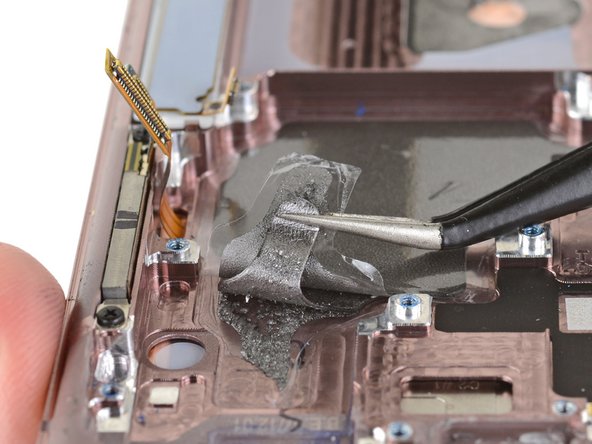crwdns2935425:010crwdne2935425:0






-
The strangest thing about these phones so far is, of all things, what lies underneath the motherboards.
-
Stranger still, it seems some other Note 20 phones do have copper heat pipes—but not our US-spec model. Does the Exynos SoC on international models require different cooling hardware than our phones, with their Snapdragon processors?
-
Our friend Zack, of JerryRigEverything fame, tells us his South Korea model also has graphite. Stay tuned for more details on that.
-
Our next thought was, maybe this comes down to heat-prone 5G mmWave hardware, which not all Notes have—but that doesn't line up either. Is it some kind of A/B test on new cooling hardware? There must be some logic here, but we can't figure it out. Let us know if you have ideas.
-
Speaking of mmWave modules—both our phones have them, but only two each. In contrast, the Note10+ 5G and S20 Ultra got three. Has the hardware improved such that only two are needed, or is something else going on?
crwdns2944171:0crwdnd2944171:0crwdnd2944171:0crwdnd2944171:0crwdne2944171:0